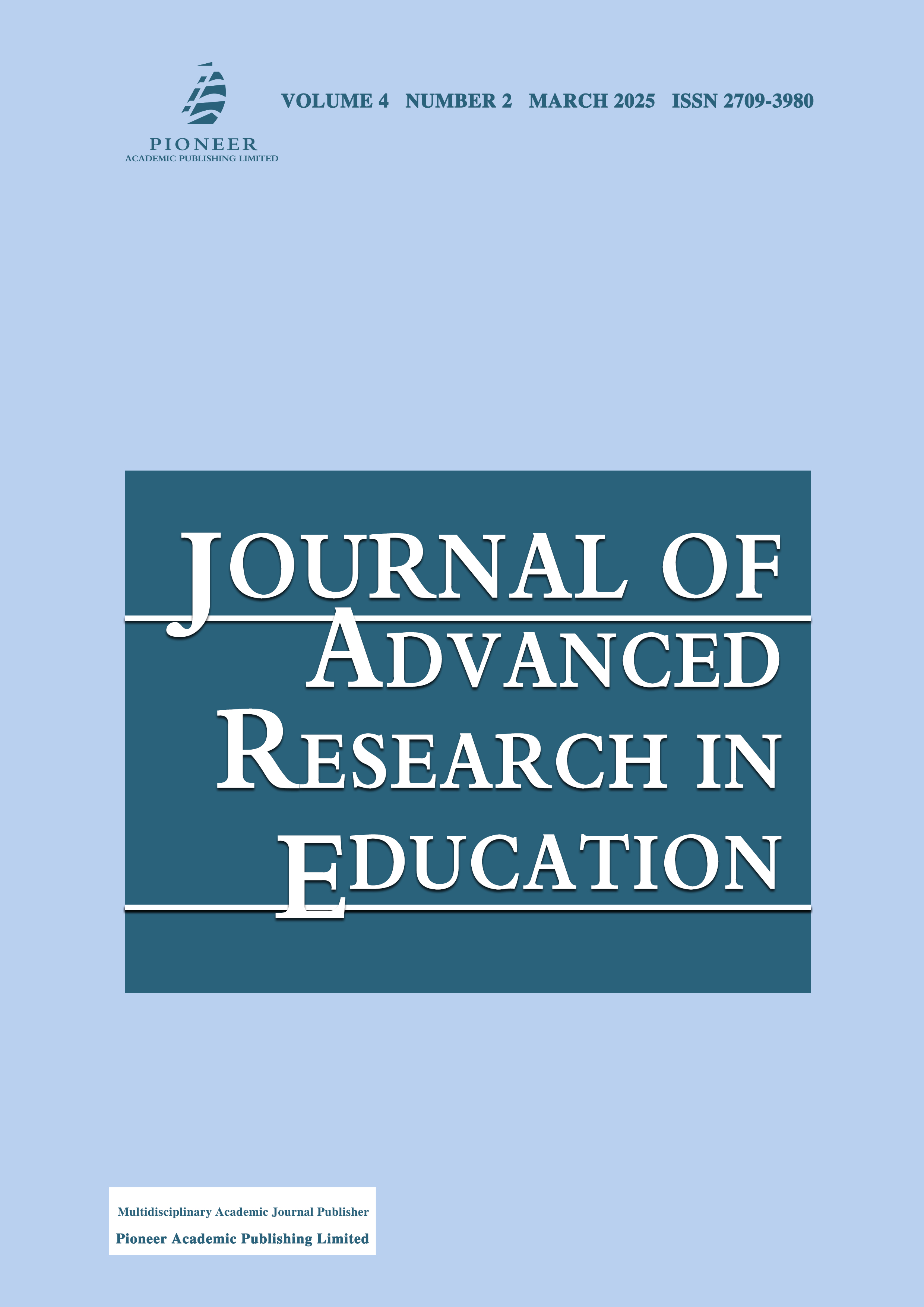Barriers and Enablers to Adopting Virtual Reality in Lower Secondary STEAM Curricula
Keywords:
Virtual reality (VR), STEAM education, educational technology, student engagement, teacher training, and interdisciplinary learningAbstract
This study investigates the barriers and enablers to VR integration in middle school STEAM curricula, addressing a notable gap in the existing literature. A systematic literature review and qualitative synthesis were conducted, supported by bibliometric analysis, to examine key concepts, including technological barriers, teacher training needs, and policy interventions. Data were extracted and coded to ensure a comprehensive analysis of academic publications, emphasizing VR-driven educational outcomes and systemic challenges. Findings reveal that technological limitations, such as high costs and infrastructure deficits, alongside insufficient teacher training and institutional resistance, are significant barriers. Enabling factors include targeted professional development, collaborative platforms, and policy reforms that enhance accessibility and scalability. Case studies highlight VR’s potential to transform STEAM education when supported by inclusive strategies and cost-effective technologies. This study underscores the importance of aligning policy, training, and infrastructure to ensure sustainable VR integration.


